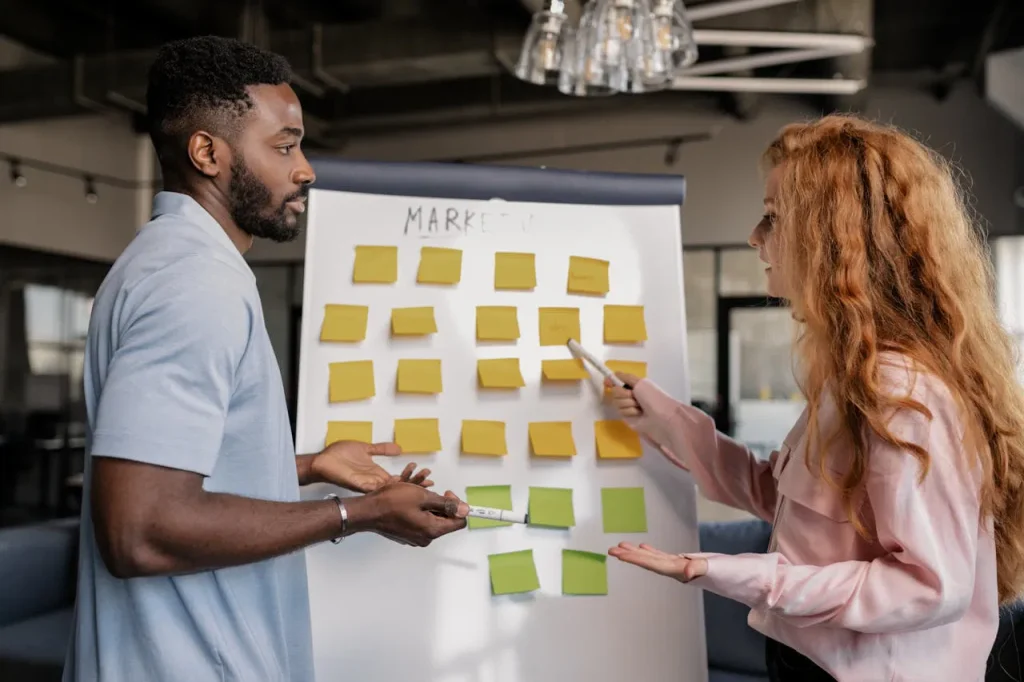Ever wonder why some offers feel impossible to resist—like that “limited-time deal” you had to click? It’s not magic. It’s behavioral economics at work. Here’s how to use these psychological triggers to make your offers downright irresistible.
1. The Power of Scarcity (And How to Use It Right)
Scarcity isn’t just about slapping a “Only 3 left!” label on your product. It’s about creating genuine urgency. Our brains are wired to fear missing out—so when something feels rare or fleeting, we act fast.
Try these tactics:
- Time-sensitive discounts: “Sale ends in 24 hours” works better than “Sale this week.”
- Low-stock alerts: “92 people are viewing this right now” adds social proof + scarcity.
- Exclusive access: “For first 50 buyers only” makes customers feel special.
2. Anchoring: Why Context Changes Everything
Anchoring is why a $100 shirt seems cheap next to a $500 jacket. By presenting a higher “anchor” price first, you make the real offer feel like a steal.
Pro tip: Show the original price slashed (e.g., $199 $99). Bonus points if you explain why it’s discounted (e.g., “Overstock clearance!”).
The Decoy Effect: Steering Choices Your Way
Ever noticed how restaurants list a $20 steak next to a $50 one? The $50 option makes the $20 one look reasonable—even if you planned to order the $15 pasta. That’s the decoy effect in action.
For offers: Add a mid-tier option that makes your premium plan look like a no-brainer. Example:
| Basic | $10/month | Limited features |
| Pro (Decoy) | $25/month | Slightly more features |
| Premium | $30/month | All features + bonuses |
3. Loss Aversion: Fear Works Better Than Greed
People hate losing more than they love winning. So instead of saying “Save $100,” try “Don’t lose $100 by waiting.” Framing matters.
Examples:
- “You’ll lose your spot if you don’t act now.”
- “Your discount expires in 1 hour.” (Not “Get 20% off for 1 hour.”)
4. The Endowment Effect: Make It Theirs Before They Buy
Once people feel ownership—even hypothetically—they’re more likely to buy. Free trials, “name-your-own-price” tools, or even letting customers customize products pre-purchase tap into this.
Case study: Car dealerships let you test drive for a reason. After sitting in that leather seat, it’s harder to walk away.
5. Social Proof: Because Nobody Wants to Be First
Testimonials, live purchase notifications (“John from Chicago just bought this”), and even crowds (“10,000+ subscribers”) trigger our herd mentality. If others are doing it, it must be safe—or better yet, smart.
Quick win: Add specificity to social proof. “87% of users saw results in 2 weeks” beats “People love this!”
6. The Pain of Paying: How to Soften the Blow
Checkout is where offers die. Behavioral economics can help:
- Bundle products: One $100 payment hurts less than five $20 payments.
- Delay payment: “Pay later” options reduce immediate pain.
- Use emotional language: “Invest in your future” > “Pay $99.”
Final Thought: It’s About Feeling, Not Logic
The best offers don’t just appeal to wallets—they speak to instincts. Whether it’s fear of missing out, the comfort of following the crowd, or the thrill of a “deal,” behavioral economics turns “maybe” into “yes.”










More Stories
Interactive Content Formats for Lead Generation: Moving Beyond the Static Page
Voice Search Optimization for Local Businesses: Your New Front Door
Audio Content Repurposing Strategies for Podcasts and Voice Platforms